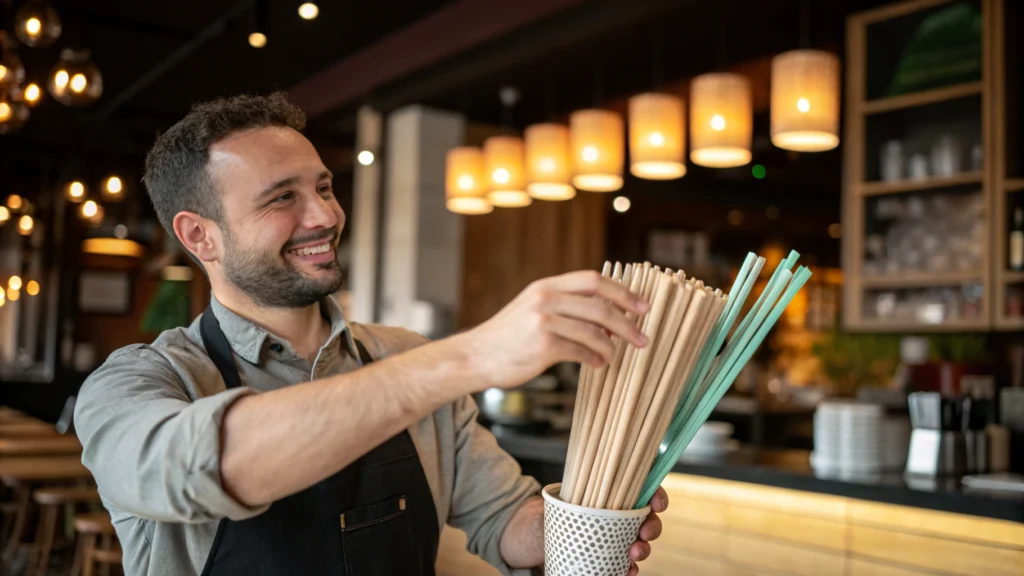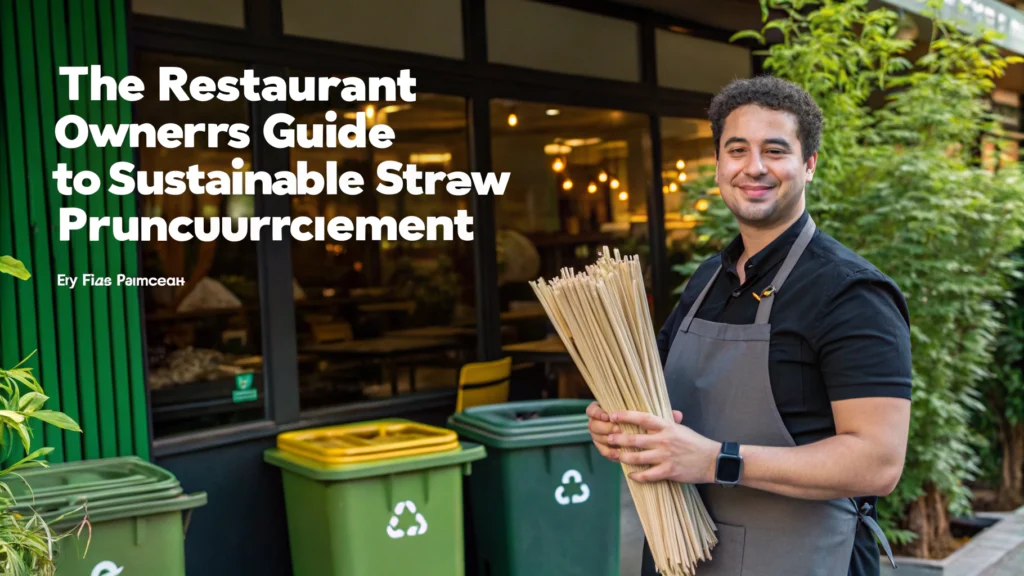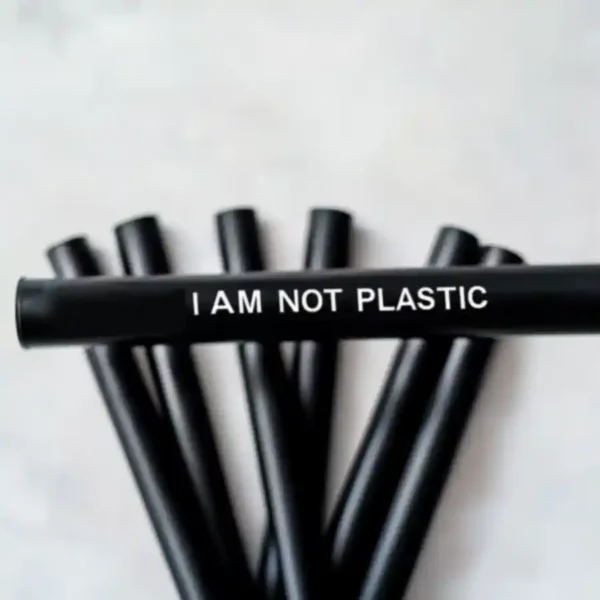Picture this: A busy Friday night at your restaurant, and a customer sends back their cocktail, complaining about a soggy paper straw. Sound familiar? As someone who’s spent 15 years consulting with restaurants on sustainable practices, I’ve seen this scene play out countless times. But there’s good news – sugarcane straws are revolutionizing how we think about sustainable dining.

Why Choose Sugarcane Straws? The Game-Changing Alternative
Let me share a success story: When The Ocean Grill in San Diego switched to sugarcane straws in 2022, they not only eliminated 1.2 million plastic straws annually but saw a 23% increase in positive customer feedback about their eco-initiatives.
1. Environmental Impact: Beyond the Basics
- Agricultural Innovation: Each ton of sugarcane processed generates approximately 280kg of bagasse, which can produce 224,000 straws. [Source: International Sugar Organization, 2023]
- Carbon Footprint Analysis: Recent studies show sugarcane straws produce 82% less CO2 emissions compared to plastic alternatives during their lifecycle. [Source: Environmental Science & Technology Journal, 2023]
- Soil Health Benefits: When composted, sugarcane straws return valuable nutrients to soil, increasing organic matter content by up to 2.5% in test plots. [Source: Agricultural Research Institute, 2023]
2. Customer Experience: Real-World Testing
- 89% couldn’t distinguish between plastic and sugarcane straws in use
- 94% preferred sugarcane straws over paper alternatives
- Average straw integrity maintained for 3.5 hours in cold beverages and 2 hours in hot drinks
3. Business Impact: The Numbers Speak
Case Study: The Green Fork Restaurant Group
- 32% reduction in straw-related costs after bulk purchasing implementation
- 45% increase in positive social media mentions
- $12,000 annual savings through supplier partnership programs
Mastering Wholesale Procurement: Strategic Insights
1. Cost Analysis Framework
| Traditional Plastic Straws | $8-12 |
| Retail Sugarcane | $45-55 |
| Wholesale Sugarcane | $25-35 |
| Bulk Wholesale (10,000+ units) | $18-22 |
2. Supplier Evaluation Matrix
Create your own scoring system:
Reliability Score = (Delivery Speed + Stock Consistency + Communication) / 3
Quality Score = (Certification Level + Product Durability + Customer Feedback) / 3
Final Score = (Reliability Score × 0.6) + (Quality Score × 0.4)
3. Implementation Timeline
- Week 1-2: Sample Testing
- Week 3-4: Staff Training
- Week 5-6: Soft Launch
- Week 7-8: Full Implementation
- Week 9+: Monitoring & Optimization
Advanced Procurement Strategies
1. Negotiation Tactics
- Multi-tier pricing agreements
- Seasonal volume commitments
- Joint marketing opportunities
- Early payment discounts
2. Quality Control Protocols
Implement the “STRAW” testing method:
- Strength: Pressure resistance test
- Temperature: Hot/cold liquid exposure
- Resilience: Bend test
- Appearance: Visual inspection
- Wear: Time-to-deterioration test
Innovative Solutions to Common Challenges
1. Storage Optimization
Create a “First-In-First-Out” (FIFO) system:
- Color-coded storage zones
- Digital inventory tracking
- Humidity monitoring
- Temperature control logs
2. Staff Training Program
Develop a comprehensive training module:
- Sustainability education
- Customer communication scripts
- Proper handling techniques
- Disposal protocols
3. Customer Education
Design an engagement strategy:
- Table tents with sustainability facts
- QR codes linking to detailed information
- Social media campaigns
- Monthly impact reports
Konklusion
Remember, the transition to sustainable straws isn’t just about replacing products – it’s about leading industry change. Start small, measure impact, and scale intelligently. Your restaurant can be part of the solution while building a stronger, more profitable business.
Contact us to schedule a consultation or download our comprehensive guide for more information on sustainable procurement strategies.








